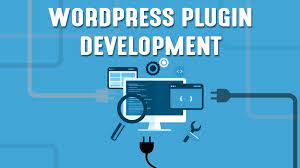To integrate Ship rocket in Woo Commerce without facing 401 and 403 errors, follow these steps:
- Obtain API keys: Go to your Ship rocket account and generate API keys. Keep the keys safe as they will be required later.
- Install Ship rocket plugin: Install the Ship rocket plugin in your Woo Commerce store. You can find the plugin in the WordPress plugin repository.
- Configure Ship rocket settings: Go to Woo Commerce -> Settings -> Shipping -> Ship rocket to configure the plugin settings. Enter the API keys that you obtained in step 1.
- Verify credentials: After entering the API keys, click the “Verify Credentials” button to check if the credentials are valid. If the credentials are correct, you will see a success message. If not, you will see an error message.
- Enable services: Enable the Ship rocket services that you want to use, such as shipping rates, order tracking, and shipping labels.
- Test the integration: To test the integration, create a test order and check if the shipping rates are being calculated correctly, and the order tracking information is being updated.
If you still face 401 and 403 errors, it could be due to incorrect API keys or invalid credentials. Make sure that you have entered the correct API keys and that your Ship rocket account is active and valid. If the issue persists, contact Ship rocket support for assistance.










